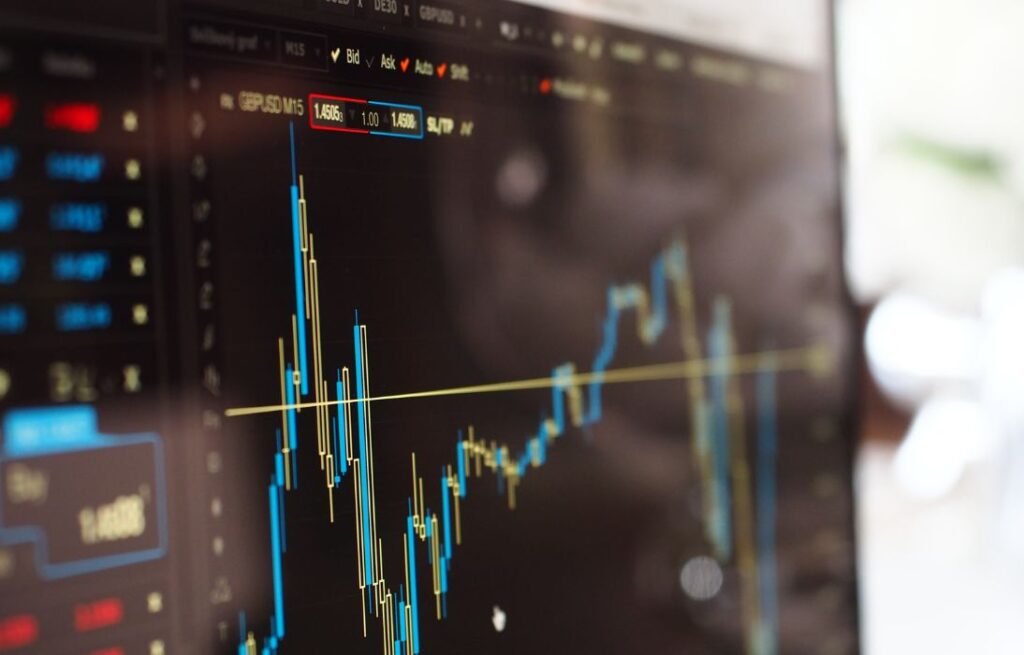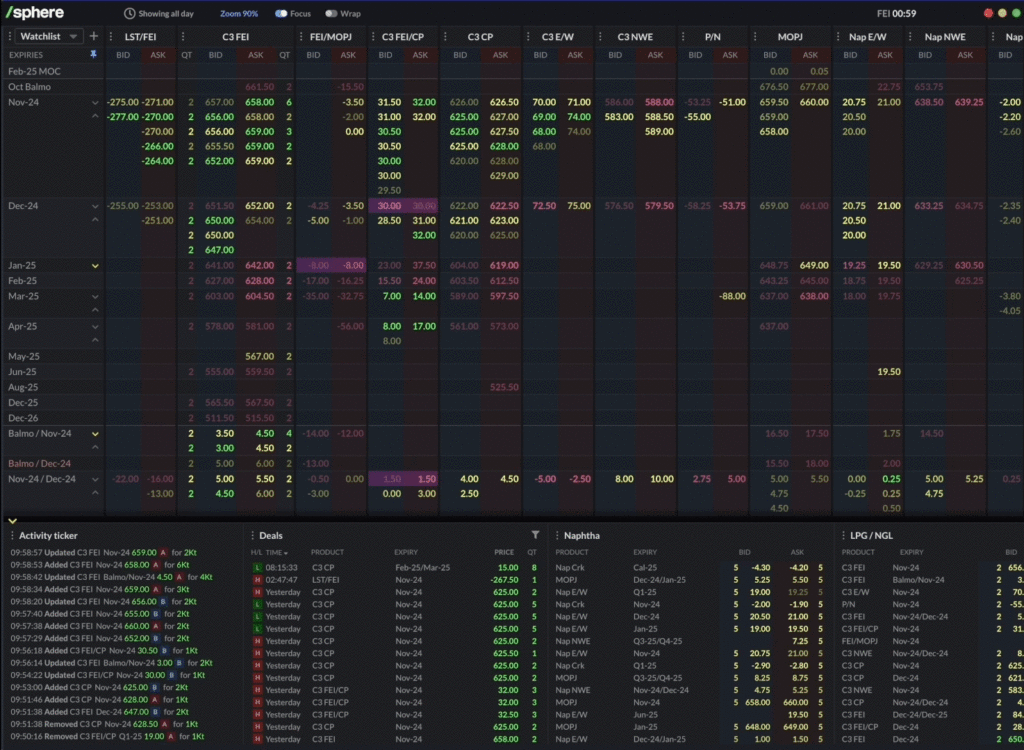Alexandra Andrade is the Head of Portfolio Modelling at SEFE. In this article, we explore how her team bridges the gap between energy and technology to navigate volatility in the energy markets and enable smarter decision-making.
What does the Portfolio Modelling team do?
My team supports the business in making more informed trading decisions by forecasting potential outcomes. We blend our technological expertise with industry knowledge, using machine learning and AI to identify growth opportunities, ensuring that portfolios remain resilient and competitive. It’s a tough job due to the pressure on our capabilities, ensuring that what we do is usable for those downstream. But it’s a job that really matters to the business.
What does a typical day look like?
We start the day by ensuring that the instructions generated from our machine learning models are sent out smoothly to the trading teams. If there are any questions or issues, whether it’s about forecasts, predictions, or the reasons behind changes, we’re quick to respond. Once that’s done and everyone’s comfortable, we breathe a sigh of relief and grab some coffee—this is very important; it’s the fuel that keeps the team going!
After that, we focus on improving our existing capabilities. We hold monthly prioritisation sessions to assign projects, responding to requests from stakeholders for new products to support their decision-making, and then focus on building these out. As many of our core tasks are automated, we spend the other half of our day building new capabilities and engaging with various stakeholders—whether on the tech side or the energy and portfolio management side.
How does your team navigate the increasing volatility of the global markets?
Market volatility is definitely a challenge for our forecasts and predictions, especially since we’ve seen more volatility post-COVID than in the past. But with volatility comes opportunity—especially in the energy sector. The key is to keep calm and identify those opportunities. As a business, we need to make sure we’re equipped to make the most of them.
From a forecasting perspective, it’s important that our stakeholders understand that what we generate isn’t a perfect forecast. There’s no such thing as a flawless prediction. We have risk policies in place that acknowledge this and support us during those very rare occasions when our forecasts aren’t spot on.
Looking ahead, I believe we’ll see even more volatility over the next five years. Geopolitical shifts and changing global dynamics mean that a stable market isn’t in the cards. Whether it’s climate or geopolitics, everything will impact the markets, and they will respond accordingly. Volatility is here to stay, but commodity organisations are generally good at identifying and leaning into these opportunities, and that’s what we’ll continue to do.
What are the main challenges associated with your role?
One of the main challenges is that we often speak a very different language from the people who use our capabilities, especially when it comes to machine learning and AI. Many of the people we work with aren’t as comfortable with or familiar with some of the concepts we’re implementing. Navigating that can be tricky.
Another challenge, especially in a rapidly evolving tech world, is staying ahead of the curve. It’s essential to keep up with the latest tools and ensure we’re using the right ones for the right tasks.
In portfolio modelling, you’re also supporting a wider function, which means you need to know a lot about many things. From technology to portfolio management, and even financial terms that most software developers may not have encountered before. In this role, you have to upskill quickly—myself included—to make the impact you want.
Despite the challenges, it’s a fascinating position. You get to juggle various strengths, skills, and capabilities, making it a real opportunity to grow.
Do you feel your team receives enough recognition?
People tend to notice our team when something goes wrong, but when everything’s running smoothly, our work tends to fly under the radar. That’s why winning SEFE’s ‘Team of the Year’ in 2023 was such a big deal for us. Typically, awards like this go to the more visible teams like sales or finance, so it meant a lot to us to be recognised at that level.
It was a great reminder that even though we’re a small team that often doesn’t get much attention, our impact is significant. Getting that recognition really validated the difference we make, especially when all the focus is usually on the big traders or the more well-known teams.
Looking for more insights?
Get exclusive insights from industry leaders, stay up-to-date with the latest news, and explore the cutting-edge tech shaping the sector by subscribing to our newsletter, Commodities Tech Insider.





